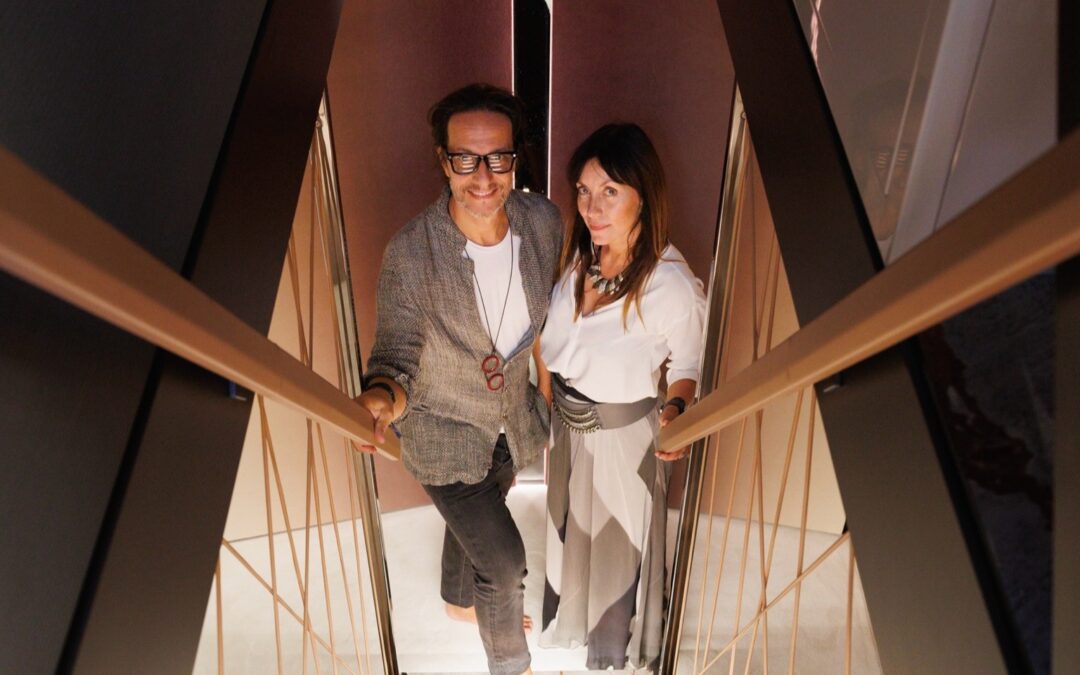From private yachts to urban residences and hotels, what stays constant in your design language across such different contexts?
Scale changes, but our values don’t. Whether we’re designing a 50-metre yacht, a Milan apartment, or a hotel in Norway, we always begin with human experience — light, texture, proportion, rhythm. We reduce forms to their essence so that what remains feels both calm and alive. There’s also an architectural continuity: the same attention to craft, the same play of restraint and warmth. Our work, wherever it lands, is about creating spaces that feel effortlessly resolved yet quietly emotional.
Many of your projects live at the intersection of fashion and architecture. What can hospitality learn from the fashion world and vice versa?
Fashion teaches architecture to move faster — to embrace intuition, identity, and narrative. A great hotel, like a great collection, knows who it is and how it wants people to feel. Hospitality, in turn, reminds fashion of permanence: materials that age beautifully, spaces that invite care and ritual. We love the tension between the two — the elegance of tailoring meeting the discipline of structure. Both worlds are, at their best, about creating intimacy through detail.
The term “atelier” evokes craftsmanship and experimentation. How do you keep that spirit alive within a team of 50 architects and designers?
We’ve built m2atelier as a workshop, not a hierarchy. Everyone is encouraged to think with their hands, to draw, to prototype, to question. Even though we’re now a large team, the process still feels tactile and curious. We hold weekly sessions where we review details, materials, and mock-ups together — it’s our way of staying connected to the act of making. The atelier spirit lives in those moments: when a young designer brings a small idea that transforms an entire project.
Read Polina Sova’s full review of Tollboden Hotel in Kragerø, Norway, designed by m2atelier here.

